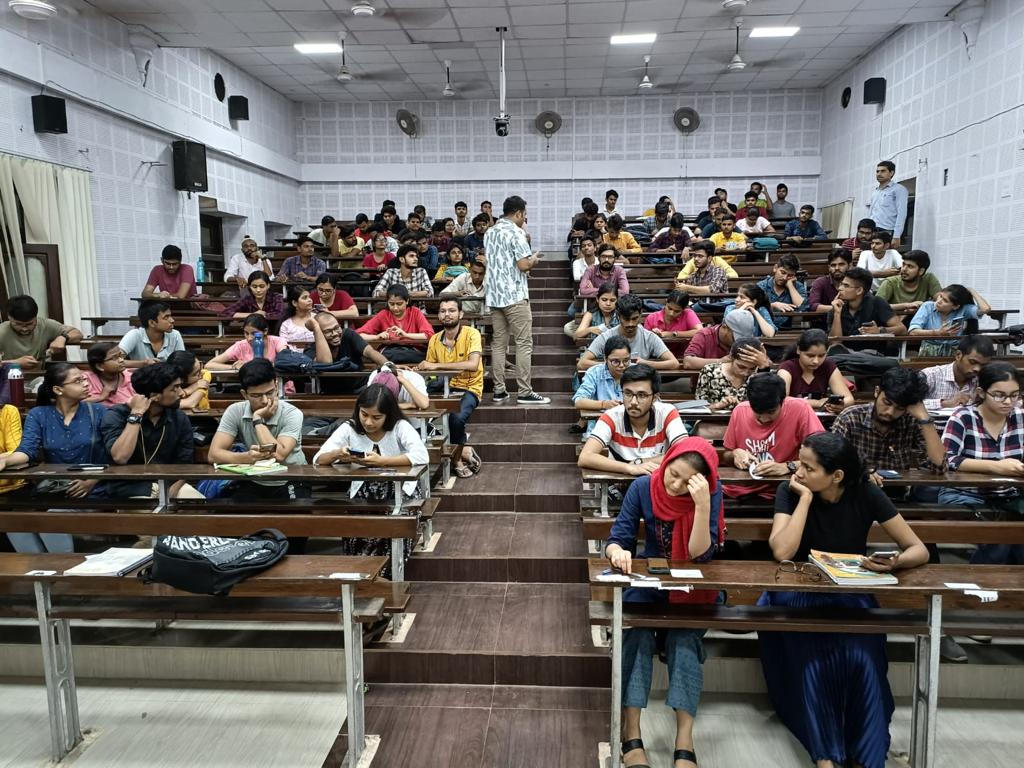When Sharing Isn’t Believing

Policy Context
This project looks at the mechanisms by which misinformation can spread on messaging platforms such as WhatsApp. It examines if people are any more likely to believe a story news story when it is forwarded to them by a friend (instead of coming across it directly on their newsfeed). It also examines if receivers distinguish between forwarded stories that their friend strongly believed, and those she doubted but shared anyway because they felt important, amusing or useful. The distinction matters because many types of misinformation – urgent or alarming rumors, dubious health tips, identity-reaffirming claims – tend to be shared even when the sharer (correctly) suspects them to be false.
Study Design
The study follows a lab-in-the-field design. College students across India sign up to participate with someone they know in real life. In each pair of friends, one person gets randomly assigned to be a sharer and the other becomes the receiver. The sharer scrolls through news stories on a platform resembling social media, sharing as many as she likes. Additionally, she reports (to the researcher) how likely she thinks each story is true and provides some explanations for her sharing choices.
The receiver also scrolls through these stories and reports how likely he thinks each story is true, but he does it twice: once before and once after receiving a “signal” about the story’s truth. For one third of the stories (selected at random), the signal is whether their friend chose to share the story or not. For another third, it is that friend’s belief about the story instead of the sharing decision. And for a final third, it is an independent computer-generated clue that is correct with some fixed probability. Comparing how the receiver updates across these three types of signals helps answer the questions outlined above.
Results and Policy Lessons
On the sharers’ side, Jimmy found that the more strongly sharers believe a story the more likely the story is in fact true. Yet, the same sharers are about equally likely to share true and false stories with their friends. In other words, sharers’ beliefs are a useful signal about a story’s truth, but their sharing decisions are not. This is across a range of story sources, topics and politics.
Receivers on the other hand do think that sharing indicates veracity. Their belief goes up by about 4 percentage points from knowing that their friend shared a story, which translates to an inference that a forwarded story has roughly 2 in 3 chance of being true when (when in fact the chance is roughy 50-50). Additionally, receivers appear to make no distinction between forwarded stories that the sharer strongly believed and those she didn’t but shared anyway.
Together, these patterns creates a path through which stories can go from being doubted-but-widely-shared, to being widely-believed in the community.

